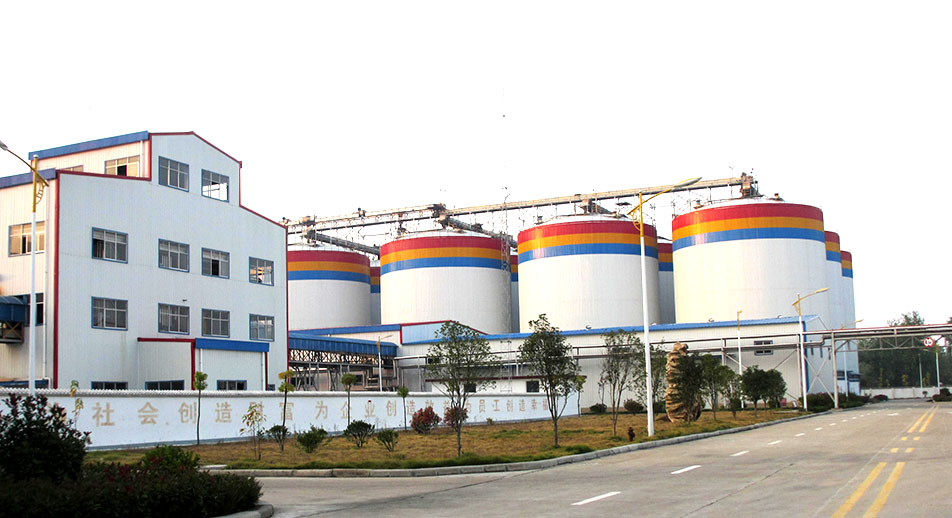
For processors in the edible oil industry, achieving consistent quality while minimizing waste and energy use is no longer optional—it's a competitive necessity. In this article, we break down how smart choices in de-gumming agents and precise control of neutralization reactions can transform your refining efficiency, reduce off-flavors, and ensure compliance with global standards like ISO 22445 and Codex Alimentarius.
Phosphoric acid (H₃PO₄) remains the gold standard for removing phospholipids from crude soybean oil, especially when dealing with high-phosphorus feedstocks. Studies show it achieves up to 95% phospholipid removal at a dosage of 0.1–0.3% by weight—significantly higher than citric acid’s 75–80% efficiency under similar conditions.
| Agent Type | Efficiency (%) | Residual Odor Risk | Cost per Ton ($) |
|---|---|---|---|
| Phosphoric Acid | ~95% | Low | $80–$120 |
| Citric Acid | ~78% | Moderate | $60–$90 |
“The key isn’t just choosing an agent—it’s controlling pH during neutralization. A deviation of ±0.2 units can increase soap stock formation by 15%, leading to yield loss.” — Dr. Lin Wei, Food Processing Engineer, China National Grain & Oils Association
In modern refineries, neutralization occurs between 60°C and 70°C with controlled NaOH dosing adjusted dynamically via inline pH sensors. This ensures optimal free fatty acid (FFA) reduction without over-neutralization—which would cause unnecessary saponification and oil loss. For example, one large-scale plant reported a drop in FFA from 1.5% to 0.2% after implementing real-time monitoring, resulting in a 3% improvement in final yield.
Moreover, optimizing stirring speed (typically 150–250 RPM) prevents uneven mixing that could leave pockets of unreacted FFA or excessive soap formation—a common issue in manual systems.
Today’s top-tier refineries are moving toward integrated de-gumming–neutralization–bleaching–deodorization lines. These systems reduce operator dependency by 40% and improve consistency across batches. One client in Vietnam saw a 25% decrease in labor hours per batch after switching to a fully automated unit.

As automation advances, AI-driven process optimization is becoming a reality—not just a buzzword. Predictive models now forecast optimal steam flow rates during deodorization based on incoming oil composition, reducing energy consumption by up to 12% while improving flavor stability.
If you're looking to upgrade your refining process—from raw material handling to final product quality—our fully integrated soybean oil refining line delivers measurable improvements in yield, purity, and operational simplicity. Discover how our clients have cut processing time by 30% and improved customer satisfaction scores through consistent, compliant output.
See How Our Refining Line Delivers Real Results










